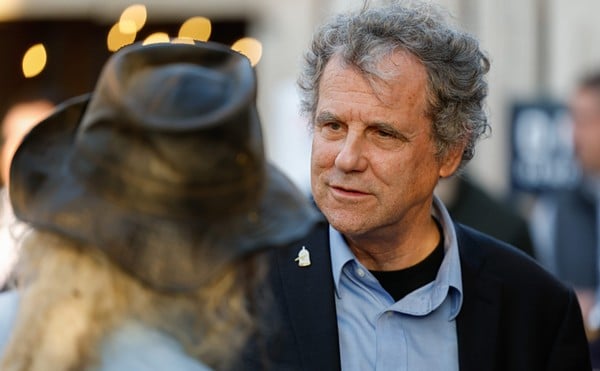A YouTube video that went viral over the weekend may have broken the rosy illusions the average American has about wealth and income inequality.
Using
data from
Mother Jones
, Dan Ariely , ThinkProgress and CNN , the video compares the average American’s ideal distribution of wealth, what the average American says wealth inequality looks like and how wealth is distributed in reality — ultimately showing that the average American says the nation is much more equal than it really is.The video suggests investment income as one of the drivers of inequality. The top 1 percent wealthiest Americans hold 50 percent of the nation’s stocks, bonds and mutual funds, while the bottom 50 percent of Americans only hold 0.5 percent of such investments, according to the video.
“The average worker needs to work more than a month to earn what the CEO makes in one hour,” the narrator says.
In the past, the United States was a lot closer to equality. As the video points out, the top 1 percent only took home 9 percent of the nation’s income in 1976. Today, that number is up to 24 percent.
Ohio isn’t immune to the trend. A
previous report
from the left-leaning Center on Budget and Policy Priorities found Ohio’s income gap — the income difference between the rich and poor — is wide and growing, and low-income and middle-income Ohioans have actually seen their incomes drop since the 1990s.The video doesn’t make any suggestions on how to fix the problem — it simply shows massive inequality exists — but there are plenty of ideas out there. A
paper from the Congressional Research Service
suggested the tax system may be playing a role in driving up income and wealth inequality: “However, the top tax rate reductions appear to be correlated with the increasing concentration of income at the top of the income distribution. … The statistical analysis in this report suggests that tax policy could be related to how the economic pie is sliced — lower top tax rates may be associated with greater income disparities.”In December, The Washington Post
posted 10 empirically supported ideas
, which included funding preschool education, making unions easier to join and promoting trade in highly skilled professions.In his 2013 State of the Union, President Barack Obama suggested raising the federal minimum wage to help combat poverty and income inequality — a policy that economist Lawrence Mishel of the Economic Policy Institute
recently advocated
.Here is the full video:





